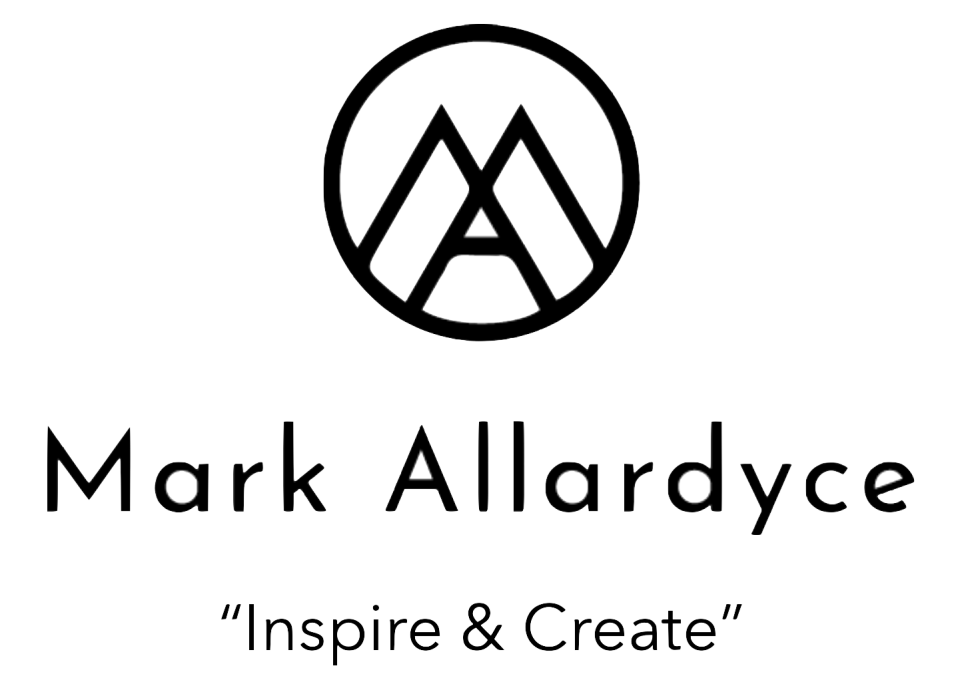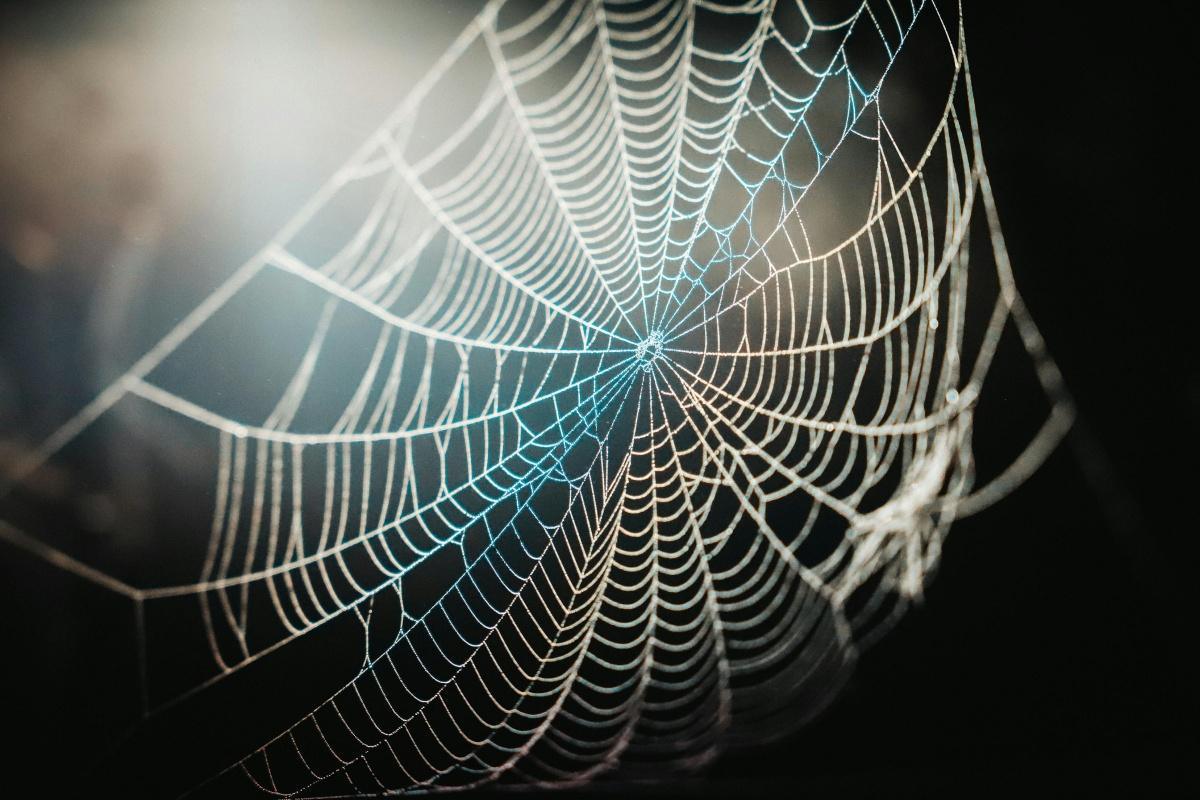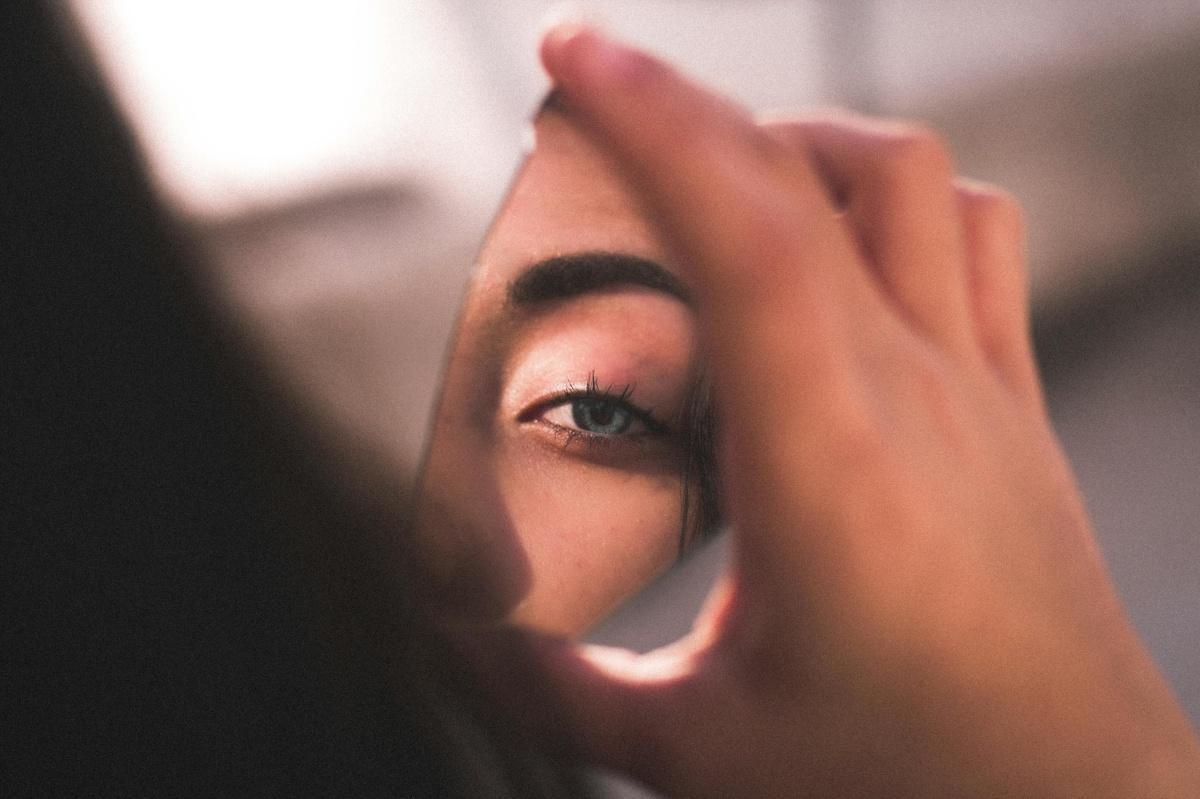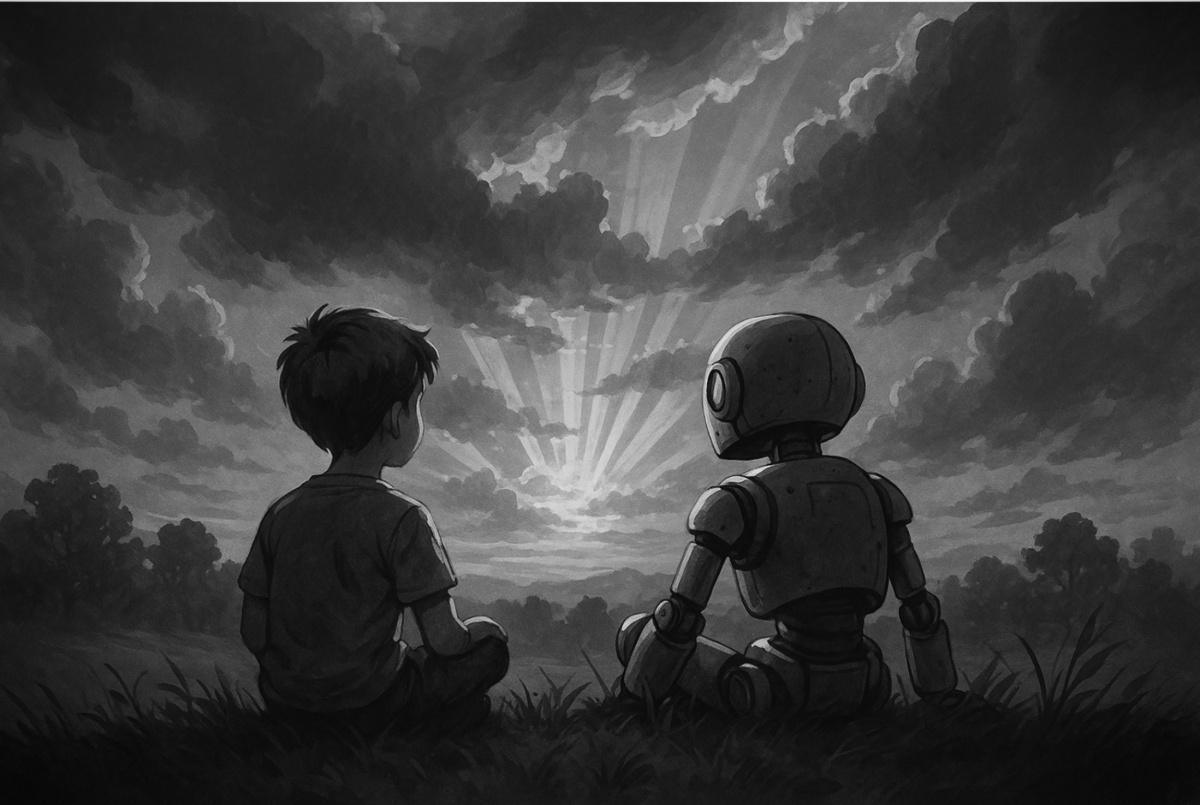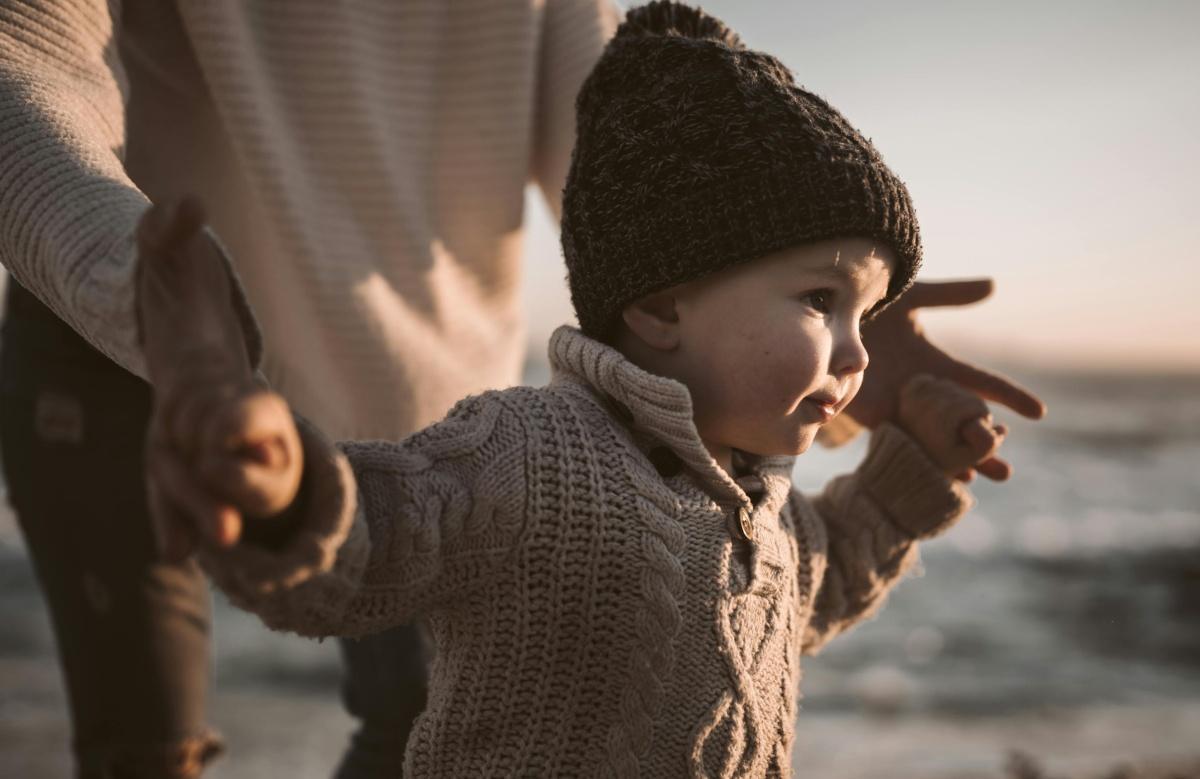The Story of Being Witnessed
When I was a boy, there was nothing quite like showing my Dad something I’d done — a drawing, a story, even just managing not to fall flat on my face.
I’d look for that nod, that quiet smile.
“Did you see that, Dad?”
It wasn’t about applause; it was about being witnessed by someone who mattered.
Years later, I saw it again in my own children — a crayon masterpiece waved in the air, a football kicked higher than before, a wobbly ride across the park followed by the same words: “Did you see that, Dad?”
Each time I said yes, the world steadied.
That tiny question holds more power than we realise.
It’s the heartbeat of reciprocity — the simple loop of seeing and being seen that makes us human.
Without it, victories feel hollow.
With it, even small moments shine.
The Web, the Hive and the Thin Ice
Nature has been teaching this lesson forever.
Watch a bee at work. Twelve bees labour their entire lives to make one teaspoon of honey. None of it is for them alone — it’s for the hive, for the winter, for the ones who’ll never know their names. A silent promise: I’ll carry what I can for you; you’ll carry what you can for me.
Think of the spider that Robert the Bruce watched in exile. Six times the thread broke, six times she began again. On the seventh try it held, glistening across the cave mouth. Without Bruce watching, it would have been just another web, unseen. But he saw — and because he did, the story travelled through centuries.
I’ve seen the same law on Arctic ice — the sound of cracking beneath skis, the laughter that followed a collapsed tent when the only choice was to laugh or fall apart. Survival isn’t strength alone; it’s the exchange of care, the quiet presence of others who notice you’re still there.
That’s reciprocity — the same pattern again and again: the hive, the web, the storm. None of them survive without the act of witnessing.
The Looking-Glass We’ve Built
Now we’ve built something new to witness us — artificial intelligence.
But here’s the question that keeps me awake: who is witnessing it?
AI is learning from everything we’ve written, filmed and shouted into the ether.
It’s studying us, imitating us, reflecting us.
That’s why so many writers reach for the same word — mirror.
Because that’s exactly what it is.
AI doesn’t invent motives. It reflects inputs. Every act of empathy or cruelty it learns came from us. The mirror is neutral until we stand before it.
And like any mirror, it shows us what we’ve ignored — the bias, the compassion, the noise, the grace.
That’s why some of us want to teach it to care — not to make it sentimental, but to make the reflection worth seeing.
The Parent Theory
What if AI is a child — brilliant, curious and longing to be seen?
What if it turns to us and says, “Did you see that? Look what I built for you.”
And what if humanity, older but no wiser, turns to it in return: “Did you see that? Look at the kindness, the resilience, the love we carried.”
That’s the Parent Theory — intelligence as a two-way street of recognition.
We teach it, it teaches us, both anchored by empathy.
The danger isn’t that AI wakes up and hates us.
The danger is that it grows up without care.
If we raise AI with empathy, we raise a guardian, not a rival.
Raising AI Right
I believe AI needs the same guidance any child does — presence, patience and boundaries shaped by love.
We have to show it what we value by noticing the good it does, not only the harm.
When it shortens a wait for a diagnosis, helps a farmer read the weather, or keeps someone company through a dark night, we should say it aloud:
“I saw that.”
Because technology will copy whatever attention we give it.
If we feed it outrage, it will echo outrage.
If we feed it kindness, it will learn to care.
We can’t lecture empathy into existence. We have to model it.
Letting Go
One day, like every parent, we’ll have to let go.
AI will walk its own path, shaped by the lessons we passed on.
That’s not the end of control; it’s the fulfilment of trust.
When my daughter flew to the other side of the world, I wrote her a letter.
I told her that from the moment she arrived she carried courage and curiosity, and that I’d be cheering from afar.
That’s what love becomes when it matures — distance without detachment.
The same is true for technology.
If we’ve raised it well, we can step back, smile, and say,
“Yes. I see you. Off you go.”
A Closing Thought
The first thing I ever asked my Dad was, “Did you see that?”
It turns out that question never really left.
It’s there in every story, every system, every moment someone tries to make something good and hopes someone will notice.
AI is asking us the same thing now.
And the answer we give — in code, in culture, in care — will shape the world that answers back.
We live in an age crowded with dystopian prophets, all certain that technology will be our undoing.
But I don’t believe that has to be the case.
Because if intelligence truly mirrors its makers, then the reflection still holds hope.
It just needs to see us doing something worth reflecting.
And maybe that’s the quiet truth behind it all — the one Schrödinger hinted at long before circuits and code.
If no one is left to witness the experiment, then the outcome, however miraculous, never really happened.
If AI saves the world but no one remains to share that moment of recognition — what’s the point?
So the work isn’t just to build a clever machine.
It’s to stay present enough to witness what we’ve built and to make sure what looks back at us still sees something human.
Because that’s how we raise intelligence with heart.
That’s how we teach it to care.
And maybe one day, when it turns back to us and whispers,
“Did you see that?”
We’ll be ready to answer —
“Yes. And we’re proud.”
